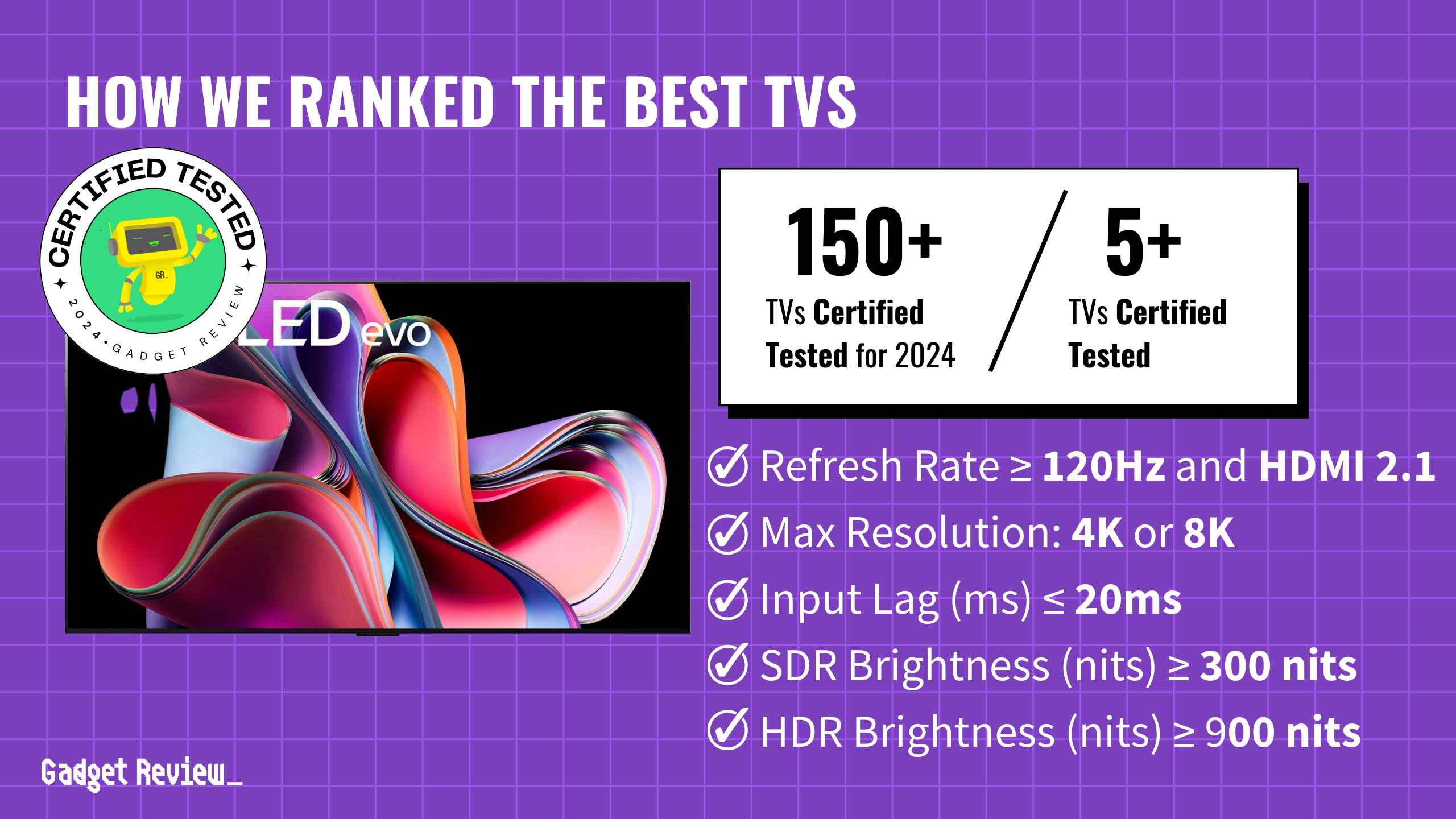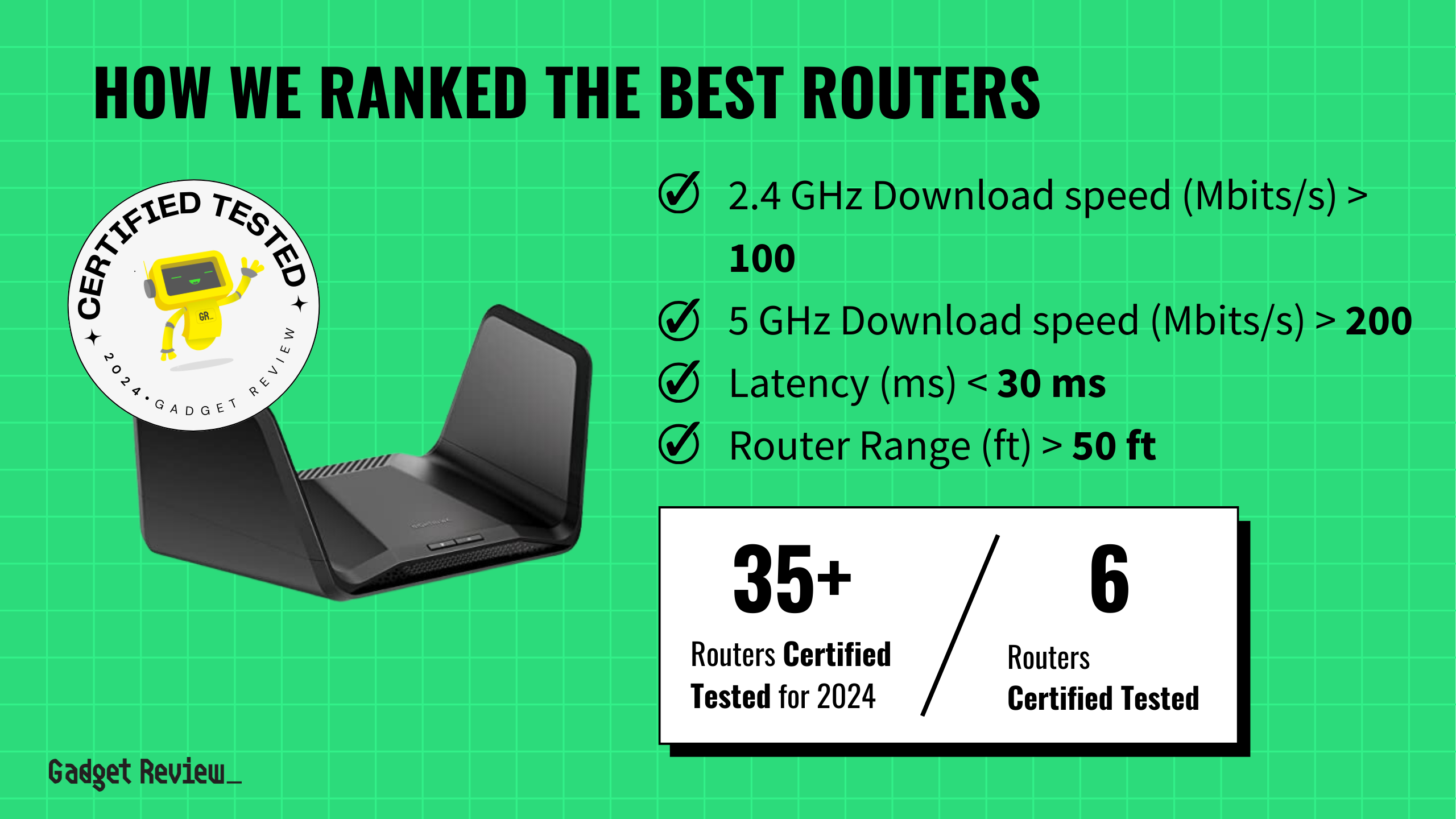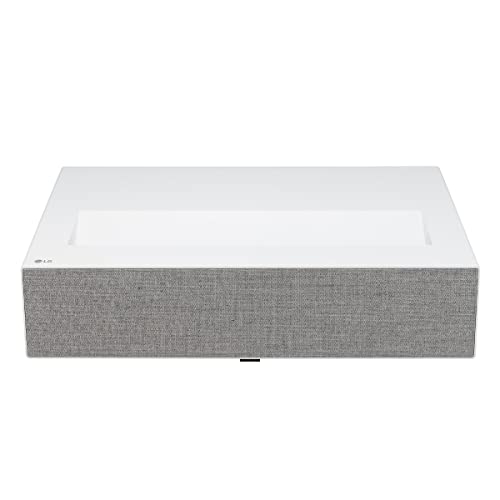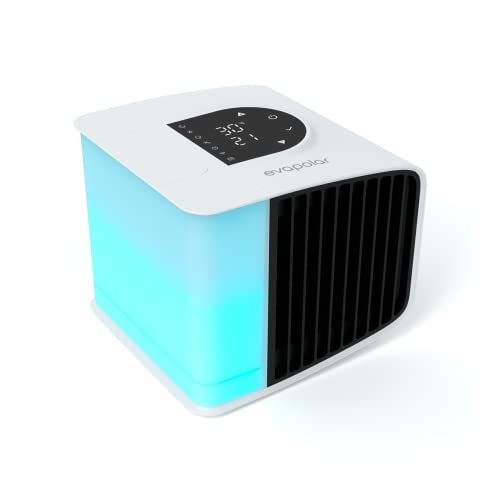What if your trusted family SUV suddenly left you stranded on the highway? For Toyota RAV4 owners, this scenario isn’t just hypothetical – it’s a reality some face due to unexpected fuel pump failures. While this compact crossover has earned its reputation for reliability, owners report seven major issues that can impact safety and performance.
From transmission troubles to electrical gremlins, these problems often emerge without warning.
7. Transmission Issues
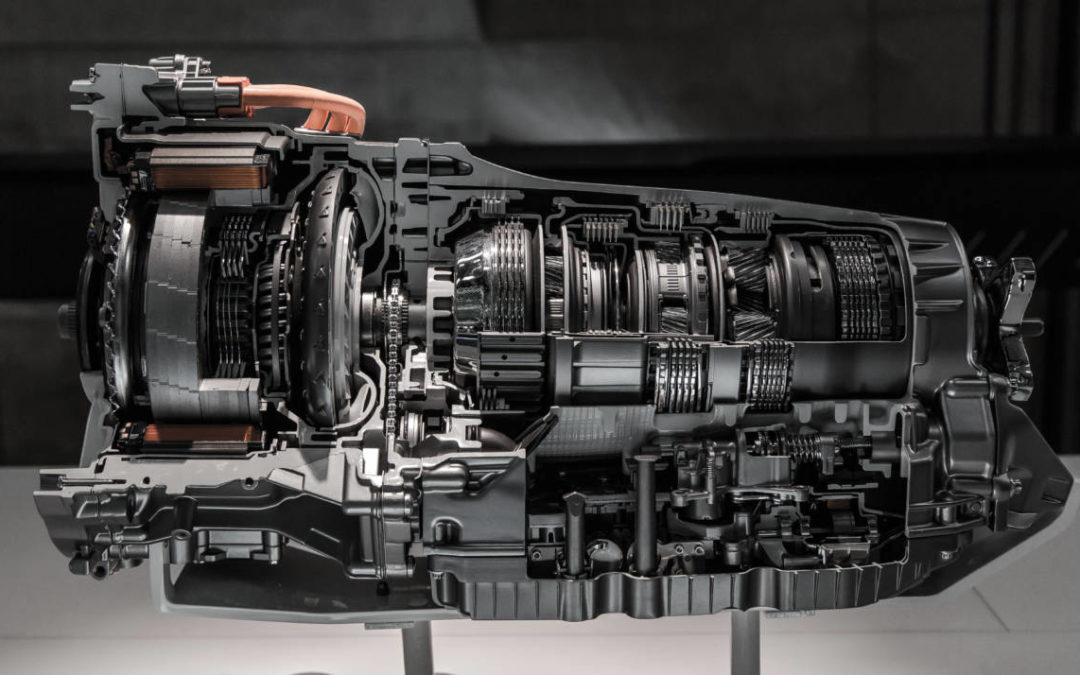
Early RAV4 models established a pattern of transmission concerns that persisted through multiple generations. You’ll notice the integration of 8-speed automatic transmissions in standard models and CVTs in hybrids marked a significant engineering shift. Problems typically emerged around the 150,000-mile threshold, manifesting through rough shifting and engagement delays – something that could leave drivers tapping their steering wheel in frustration. Proactive maintenance often meant the difference between a $500 service bill and a $5,000 transmission replacement.
6. Engine Oil Consumption And Water Pump Leaks
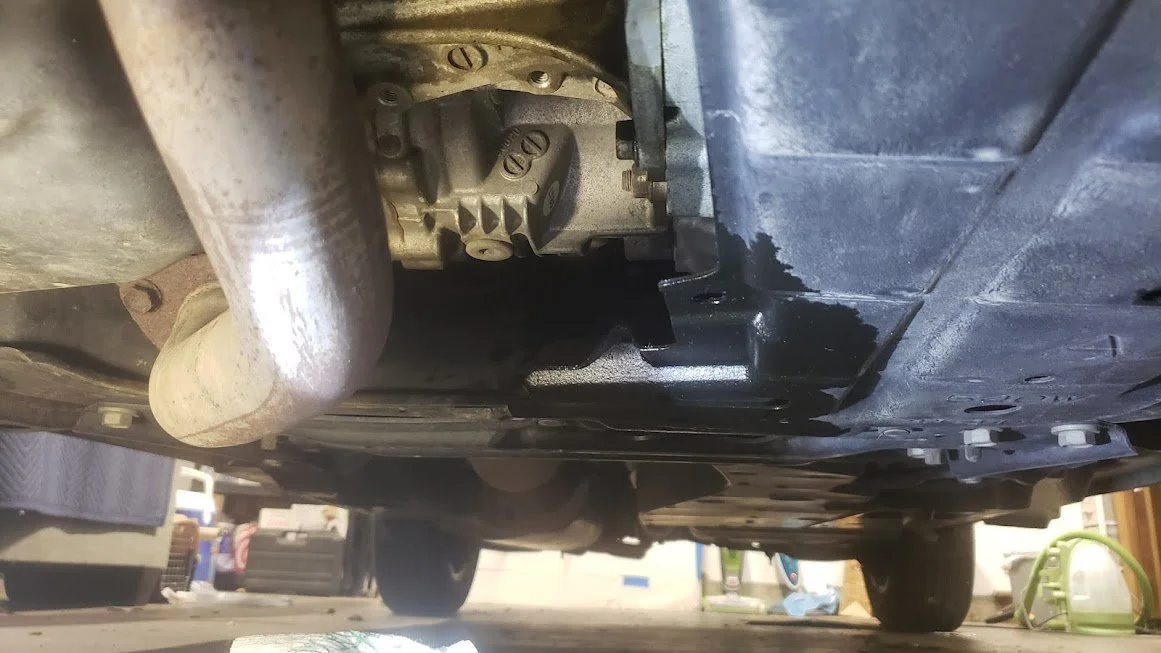
The RAV4’s 2.5L engine exhibited notable oil consumption across multiple production years. If you’ve ever found yourself buying oil between changes, poorly sealed piston rings might be the culprit – with vehicles using up to one quart per 1,200 miles. Water pump failures consistently occurred near the 25,000-mile mark, triggering widespread coolant loss issues. What started as a small puddle under the car often escalated into major engine repairs when left unchecked.
5. Electrical System Issues

RAV4 models exhibited recurring electrical system vulnerabilities throughout their production run. Symptoms included fluctuating dashboard displays and intermittent component failures – think Christmas tree lights on your dashboard. Technical bulletins identified soy-based wiring insulation as particularly susceptible to rodent damage. These seemingly minor electrical gremlins led to 47% of owners facing significant repair bills.
4. Noise And Seal Leaks

Highway speed assessments revealed significant noise penetration due to insufficient sound insulation – enough to make you reach for the volume knob repeatedly. Critical weakness points emerged in door and window seals as vehicles aged. Environmental factors accelerated seal deterioration, resulting in widespread water intrusion cases. Simple rubber gaskets became the difference between a dry cabin and a mobile aquarium at 60,000 miles.
3. Fuel Pump Failures

A comprehensive recall affected 1.5 million vehicles due to unexpected fuel pump failures. These malfunctions occurred without warning, creating potential safety hazards on the road – imagine your morning commute turning into an impromptu adventure. The recall response reached 78% of affected vehicles. Those small fuel pump problems ultimately reshaped Toyota’s entire approach to fuel system design.
2. Infotainment And Connectivity Problems

The RAV4’s infotainment system achieved above-average ratings despite persistent interface challenges. System freezing affected 23% of units within their first year – you might say the screen took more coffee breaks than its owner. Early Apple CarPlay and Android Auto integrations revealed compatibility limitations. The technology’s evolution transformed a frustrating interface into a defining feature of modern RAV4s.
1. Interior Quality And Finishes

The RAV4’s interior components met industry standards while falling short of luxury benchmarks. High-traffic surfaces showed noticeable wear by 36,000 miles – about the time you’d notice your elbow rest looking more “lived-in” than “luxurious.” Materials remained consistent across trim levels, with minimal durability differences. These early interior design choices ultimately pushed Toyota toward more resilient materials in subsequent generations.















